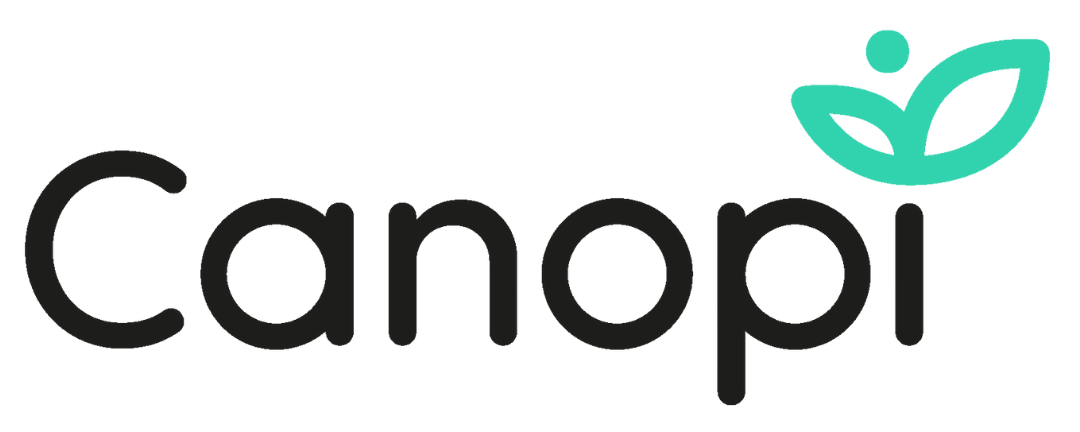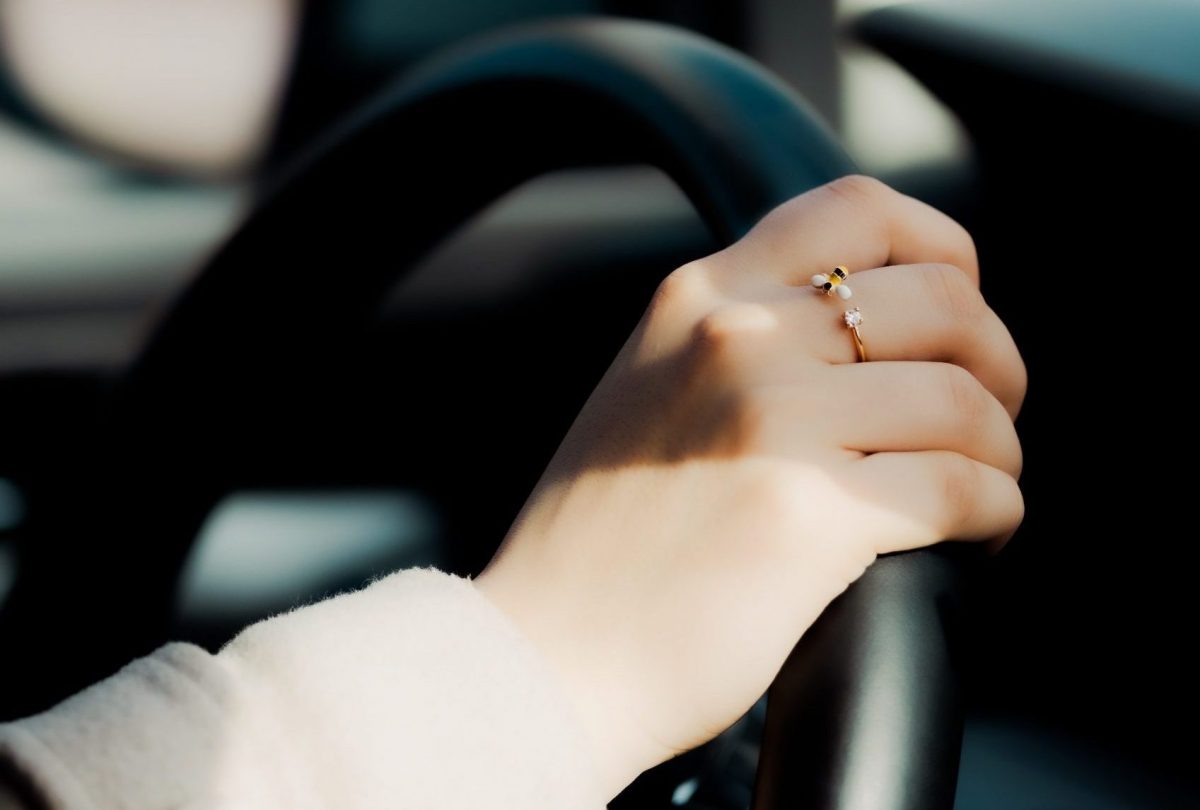I’m a respiratory nurse and I was transferred to a COVID ward during the pandemic.
Patients on our ward were critically ill with COVID as well as other pre-existing conditions. So, they came to us to try a procedure called continuous positive airway pressure, or CPAP, as a last chance saloon.
We also had people who couldn’t fit into the ITU ward so they could try CPAP too – this never really worked. So, amid the chaos, we were very busy and quite unaware of what was going on.
“Fear from the get-go…”
The start of the pandemic was one of the worst parts. Every patient was different and the CPAP procedure created a huge viral load, so our chances of getting ill was that much higher.
I remember being kitted out in full PPE for the first time – it was fear from the get go…
It wasn’t long before one of my colleagues died, and another was admitted to ITU for months and months. We didn’t have enough staff then, so I took on their night shifts. Continuous night shifts are difficult to deal with.
Meanwhile, my patients were hypoxic (carrying dangerously low amounts of oxygen) with SATS of 70. They asked me why I was running around like a headless chicken, completely unaware of how critically ill they were. Twenty-minutes later, their brains would realise that they were incredibly hypoxic with very little time left.
I’d seen many deaths as a respiratory nurse, but this was different. Normally when a patient dies, we perform a number of rituals to help us with our own grief: washing the patient, brushing their hair and wrapping them in a clean sheet. The pandemonium of our ward left us with no time for this. Nonetheless, we made it through the first wave. But news of a second wave hit us hard…the constant trauma and pressure came flooding back. I was experiencing one death per shift with a mortality rate of 80%.
“There is nothing wrong with me; I’m a nurse.”
By this time, I’d noticed changes in myself that were unrecognisable. Instead of walking to work, I would drive just to avoid meeting people in the streets.
And as I walked the 100 metres across the car park, my heart rate was 140 bpm. My chest was tight, and I felt dizzy. I dismissed the way I felt as being unfit, not realising the impact of my experiences on the COVID ward. There couldn’t be anything wrong with me; I’m a nurse.
Things reached their peak when I went back to the respiratory ward. A confused patient threw an oxygen cylinder at me, and I just broke down. I went off sick with no idea what to do next.
That’s when it hit me like a truck. I couldn’t eat or sleep; I was seeing my patients’ faces wherever I went and felt so guilty for leaving my colleagues and patients who needed my expertise.
I tried to go back into the hospital only to collapse as I reached the ward, breathless and deaf to everything that was going on around me.
“Jade experienced PTSD symptoms during the COVID-19 pandemic. While it is common for traumatic stress symptoms to appear immediately after an event, many people experience a delay, where symptoms emerge months or even years after an event.”
– Dr Catrin Lewis, Research Associate at the National Centre for Mental Health (NCMH)
When did you decide to contact Canopi?
Occupational Health advised me to stay off work and ‘do things that I enjoy’, whilst my GP recommended drugs and counselling. But I knew that I needed something more.
I saw an advert for Canopi on Instagram and called them. I was hysterical on the line, but the receiver was amazingly calm and really listened to my concerns. Most importantly, they made me feel like I had a problem that could be fixed.
It was the hardest thing in the world to say: “I’m not ok and I can’t do the job that I love.”
The Dr Advisor called me within three days and arranged for me to see a therapist at the SPRING platform for Post-traumatic stress disorder (PTSD). The SPRING programme was a combination of self-help and counselling.
In our counselling sessions, we practised grounding techniques, and something called graded exposure, where I practised putting on my PPE equipment bit by bit. The therapist was incredibly helpful, and the self-help element made me feel like I was doing something to help myself.

“SPRING is a guided internet-based therapy for PTSD. It has eight online steps that are designed to be used with regular guidance from a therapist. A recent clinical trial of SPRING showed that it can be just as effective as face-to-face therapy in reducing symptoms of PTSD.”
“We continued to work together when I went back to work.”
I continued to see my therapist when I went back to work, and I’ve said this many times – he saved my life. Life couldn’t be more different now; I’m an advanced nurse practitioner setting up a pleural unit in the Cardiff and Vale health board.
I am truly grateful to Canopi. It means that I can do the job I love and care for so many people.

